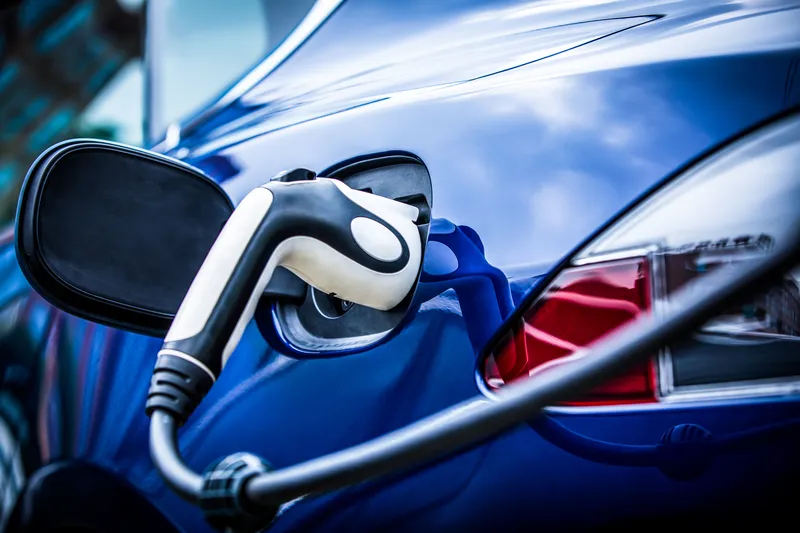As the automotive industry faces narrowing margins, the need to look to other revenue streams and keep the customer committed to the brand for their next purchase is paramount, says Frost & Sullivan. Automotive manufacturers are therefore focusing on research and development (R&D) on autonomous, connected, and electrification (ACE) technologies to build fully connected and completely autonomous vehicles. To thrive in this highly competitive, evolving market, manufacturers need to look beyond seeing themselv
September 18, 2017
Read time: 2 mins
As the automotive industry faces narrowing margins, the need to look to other revenue streams and keep the customer committed to the brand for their next purchase is paramount, says 2097 Frost & Sullivan. Automotive manufacturers are therefore focusing on research and development (R&D) on autonomous, connected, and electrification (ACE) technologies to build fully connected and completely autonomous vehicles. To thrive in this highly competitive, evolving market, manufacturers need to look beyond seeing themselves as product suppliers and focus on becoming providers of mobility services. This will open the door for lucrative, new digital revenue streams.
Frost & Sullivan’s research, Global Key Automakers’ Autonomous, Connected, and Electrification Strategies, Forecast to 2025, finds that between 2015 and 2025, 10 key automotive original equipment manufacturers (OEMs) are expected to spend about US$345 billion on ACE R&D. The study provides a strategic overview of the R&D activities of key OEMs, including key technology development, investment plans, expenditure trends, current expertise, and impact on business performance. Major players such as Volkswagen (VW), Toyota, BMW, General Motors, Ford, Mercedes (Daimler), Nissan-Renault and Tesla, and their ACE technology strategies, are provided.









